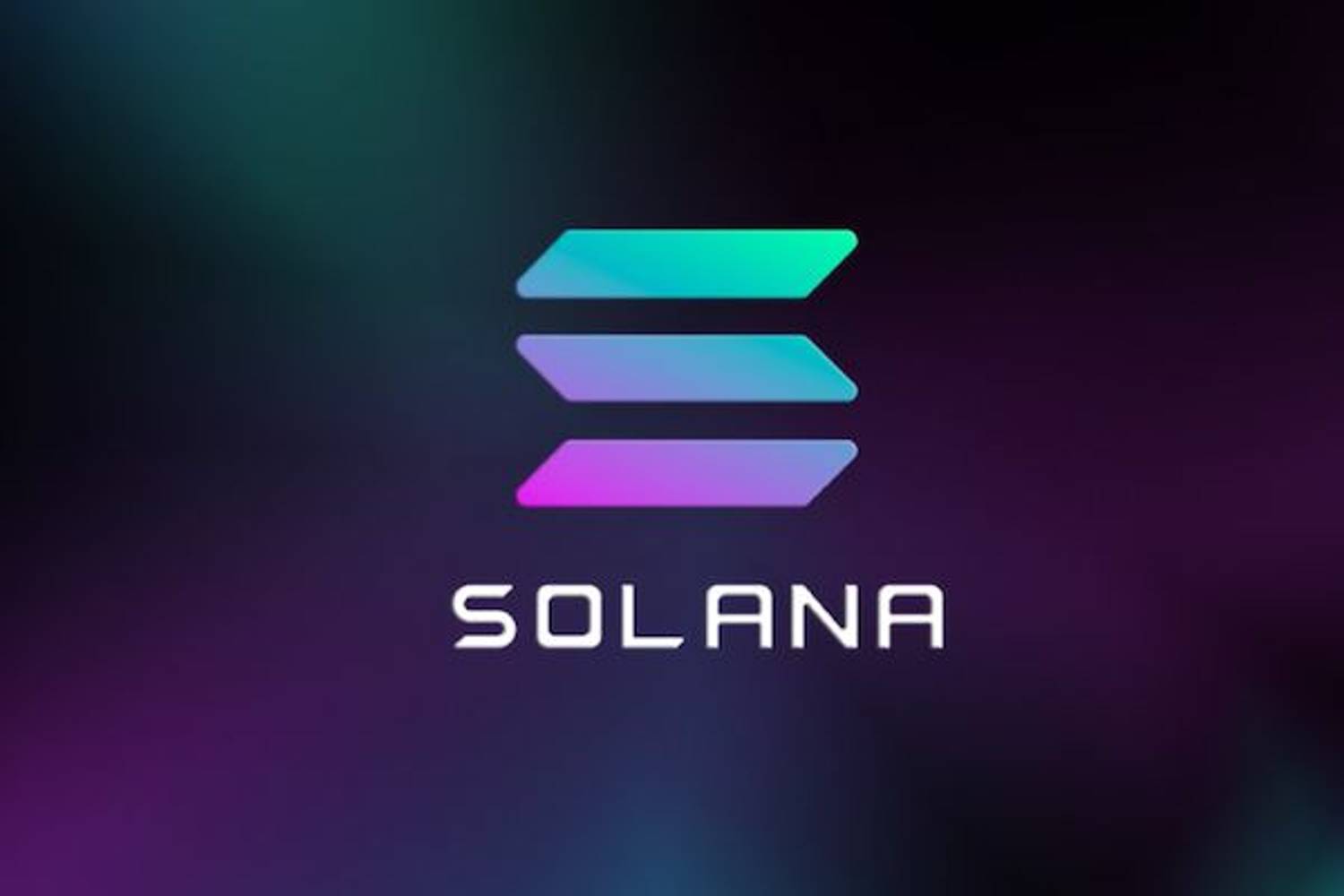
Turbine: Solana's Revolutionary Block Propagation Protocol
Blockchain technology has faced a longstanding challenge known as the scalability trilemma. This refers to the trade-off between decentralization, security, and scalability – three crucial elements that often hinder a blockchain from achieving all three simultaneously.
- Published:
- Edited:
Blockchain technology has faced a longstanding challenge known as the scalability trilemma. This refers to the trade-off between decentralization, security, and scalability – three crucial elements that often hinder a blockchain from achieving all three simultaneously. However, Solana's block propagation protocol, Turbine, offers a groundbreaking solution to this problem. This article delves into the mechanisms of Turbine and its potential to revolutionize blockchain scalability.
Section 1: The Scalability Trilemma
1.1: Defining the Trilemma
Blockchain networks often face a difficult choice when it comes to achieving decentralization, security, and scalability. Typically, a network can prioritize only two of these elements at the expense of the third. For instance, a decentralized and secure network may have to sacrifice scalability, resulting in slow transaction processing and high fees.
1.2: The Need for a Solution
As blockchain technology becomes more popular and user bases grow, the need for a scalable, secure, and decentralized system has never been more crucial. To address the scalability trilemma, several platforms have developed new consensus mechanisms and block propagation techniques. One such innovative solution comes from Solana, with its Turbine protocol.
Section 2: Solana's Turbine Protocol
2.1: Overview
Turbine is Solana's revolutionary block propagation protocol that allows for fast, secure, and decentralized transactions on the blockchain. With this protocol, Solana can process tens of thousands of transactions per second (tps) while maintaining decentralization and security.
2.2: The Mechanics of Turbine
Turbine utilizes a process known as erasure coding to break data into smaller fragments called "packets." These packets are then propagated through the network using a "forward error correction" scheme, allowing nodes to reconstruct the original data from a smaller subset of packets.
This innovative approach significantly reduces the amount of data each node needs to process, as nodes can receive different packets and work in parallel to reconstruct the original data. Additionally, Turbine implements a leader-validator system to ensure data accuracy and prevent malicious activities.
Section 3: Advantages of Turbine
3.1: Scalability
With Turbine, Solana can process up to 65,000 tps, which is considerably higher than other blockchain networks. This high throughput allows for faster transactions and more efficient overall performance.
3.2: Security
Turbine's erasure coding and leader-validator system protect the network from malicious activities and prevent data corruption. This system ensures that even if some nodes fail or act maliciously, the integrity of the network remains intact.
3.3: Decentralization
By distributing data across the network in the form of packets, Turbine ensures that no single node is a central point of control or failure. This approach allows Solana to maintain decentralization while scaling its transaction throughput.
Conclusion
Solana's Turbine protocol offers a groundbreaking solution to the scalability trilemma, achieving high transaction speeds without sacrificing security or decentralization. With this innovative block propagation technique, Solana has the potential to revolutionize the way blockchain networks operate and pave the way for a more efficient, inclusive, and accessible future for blockchain technology.


